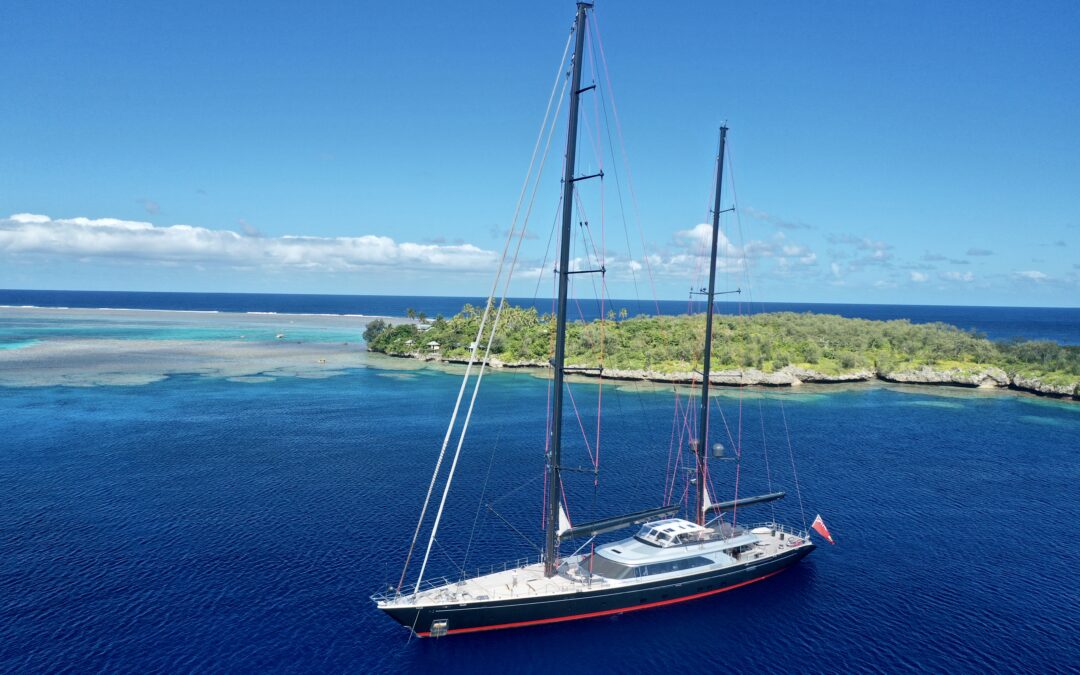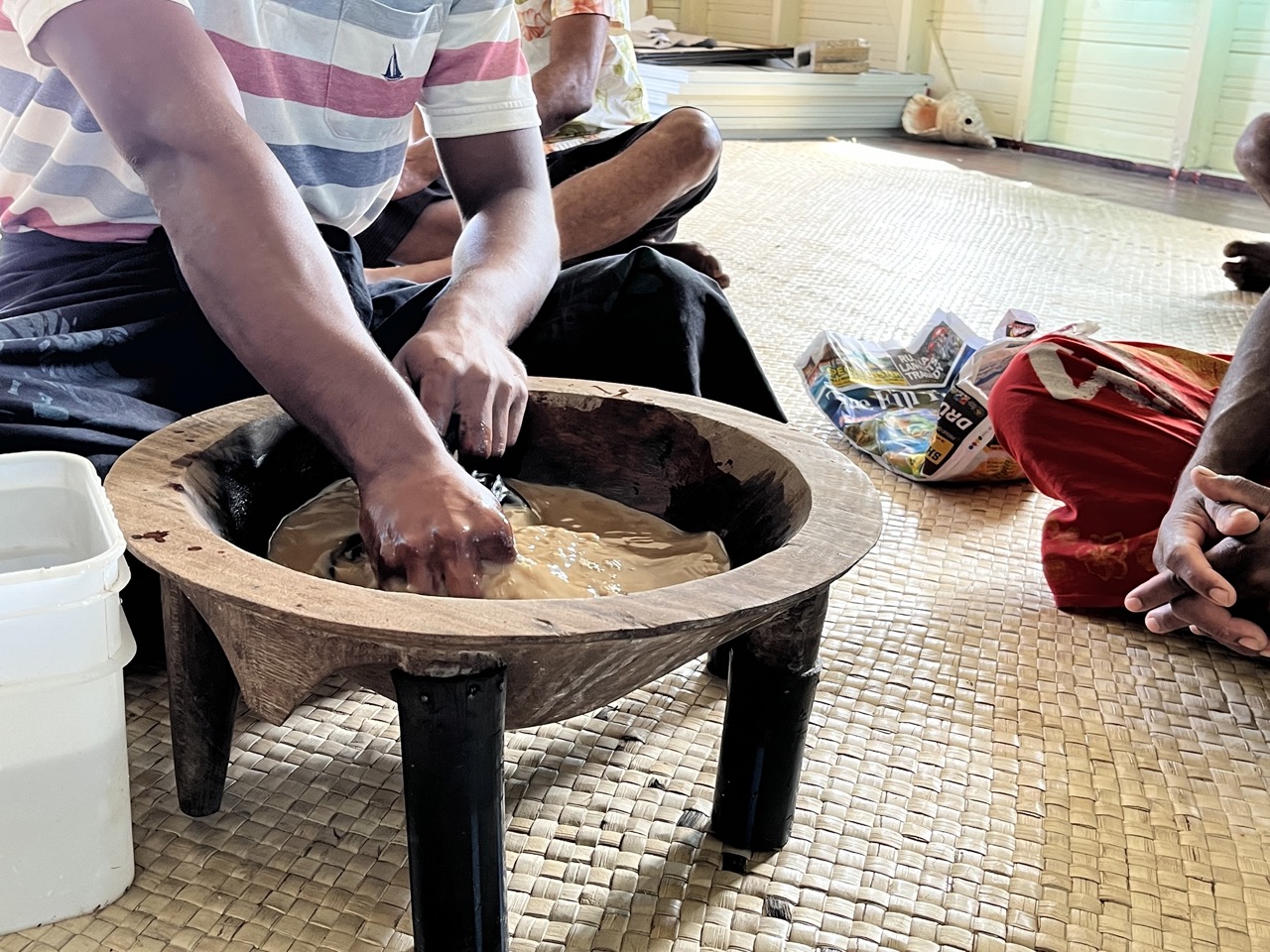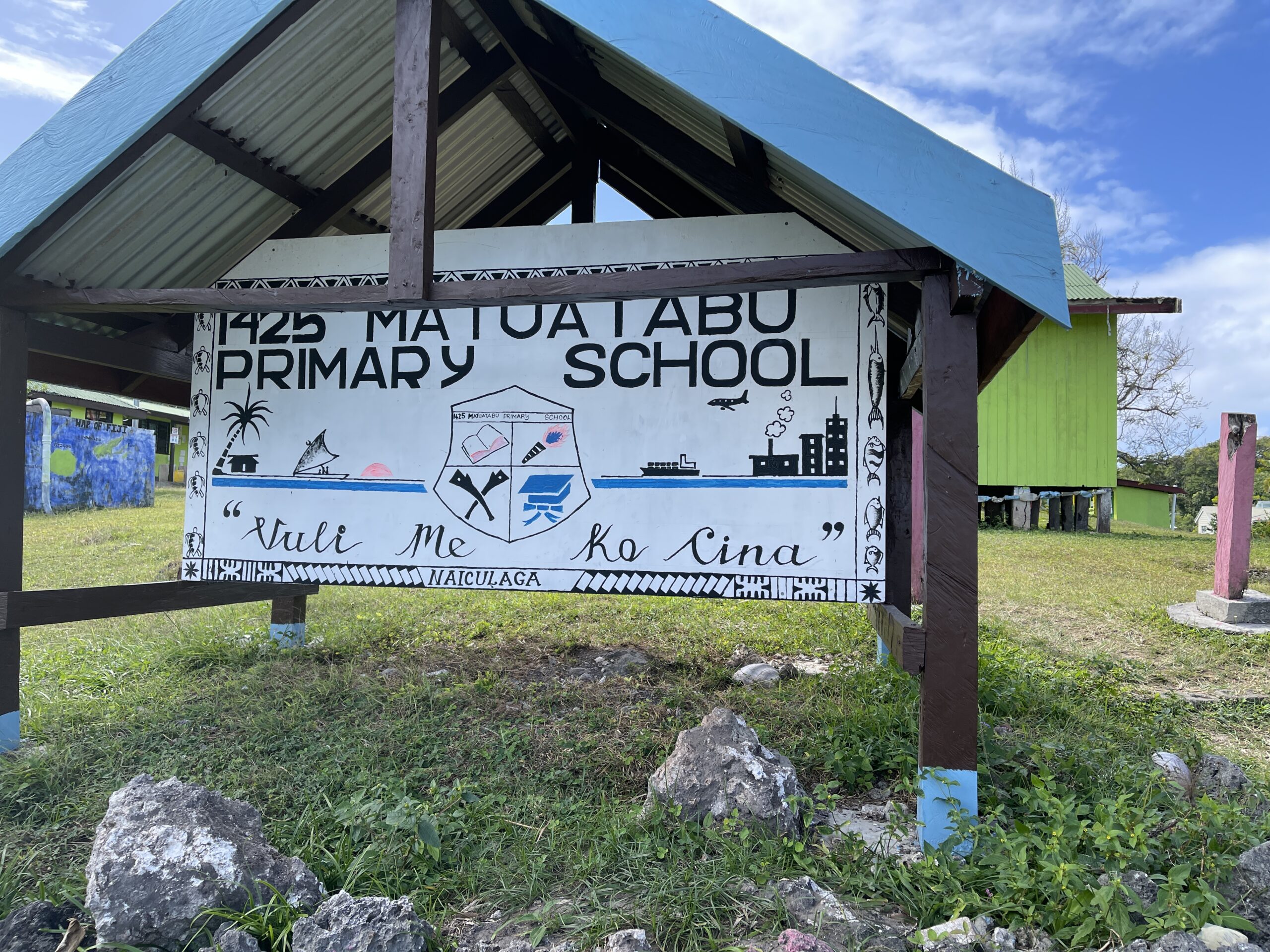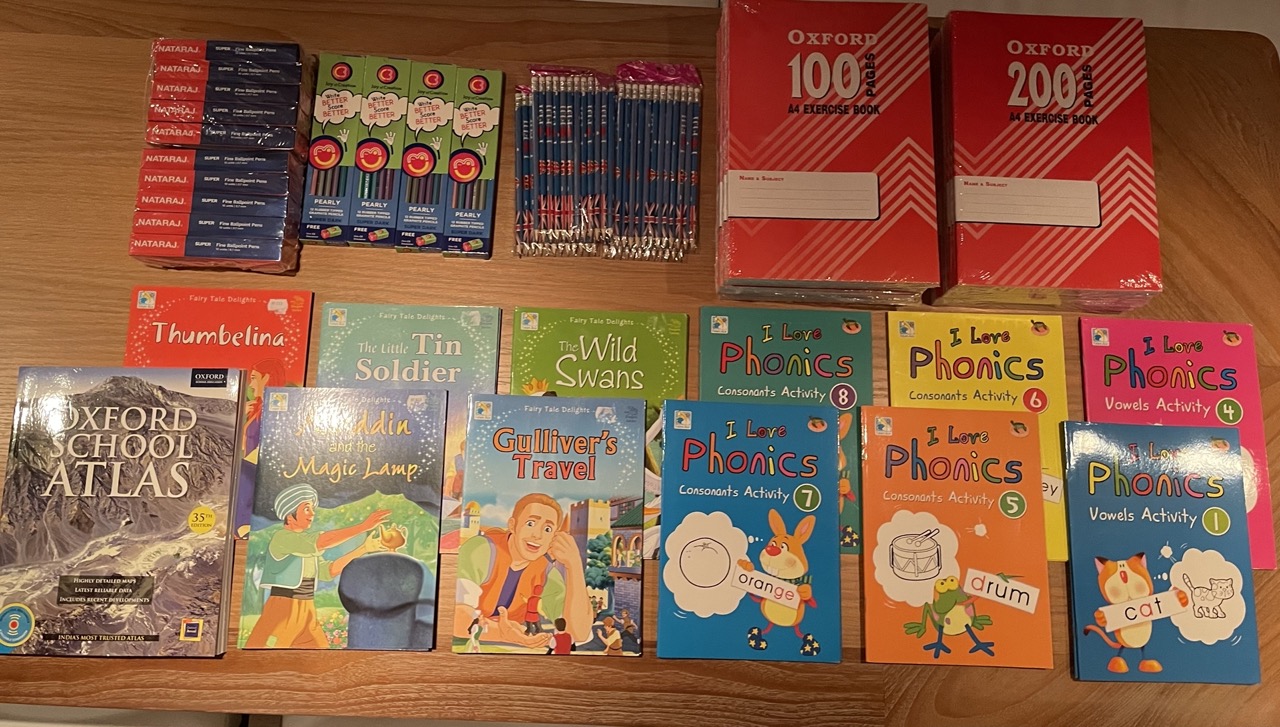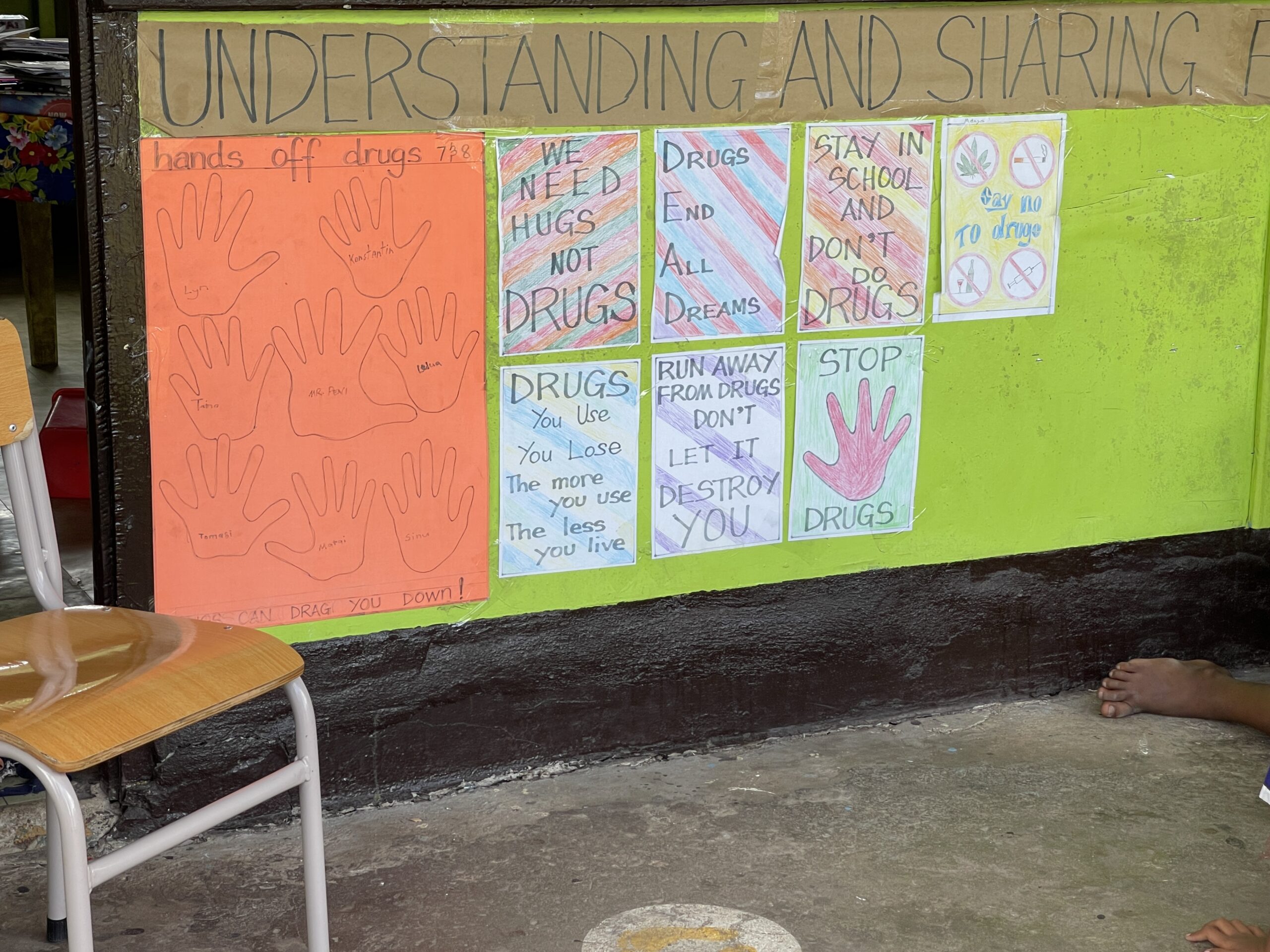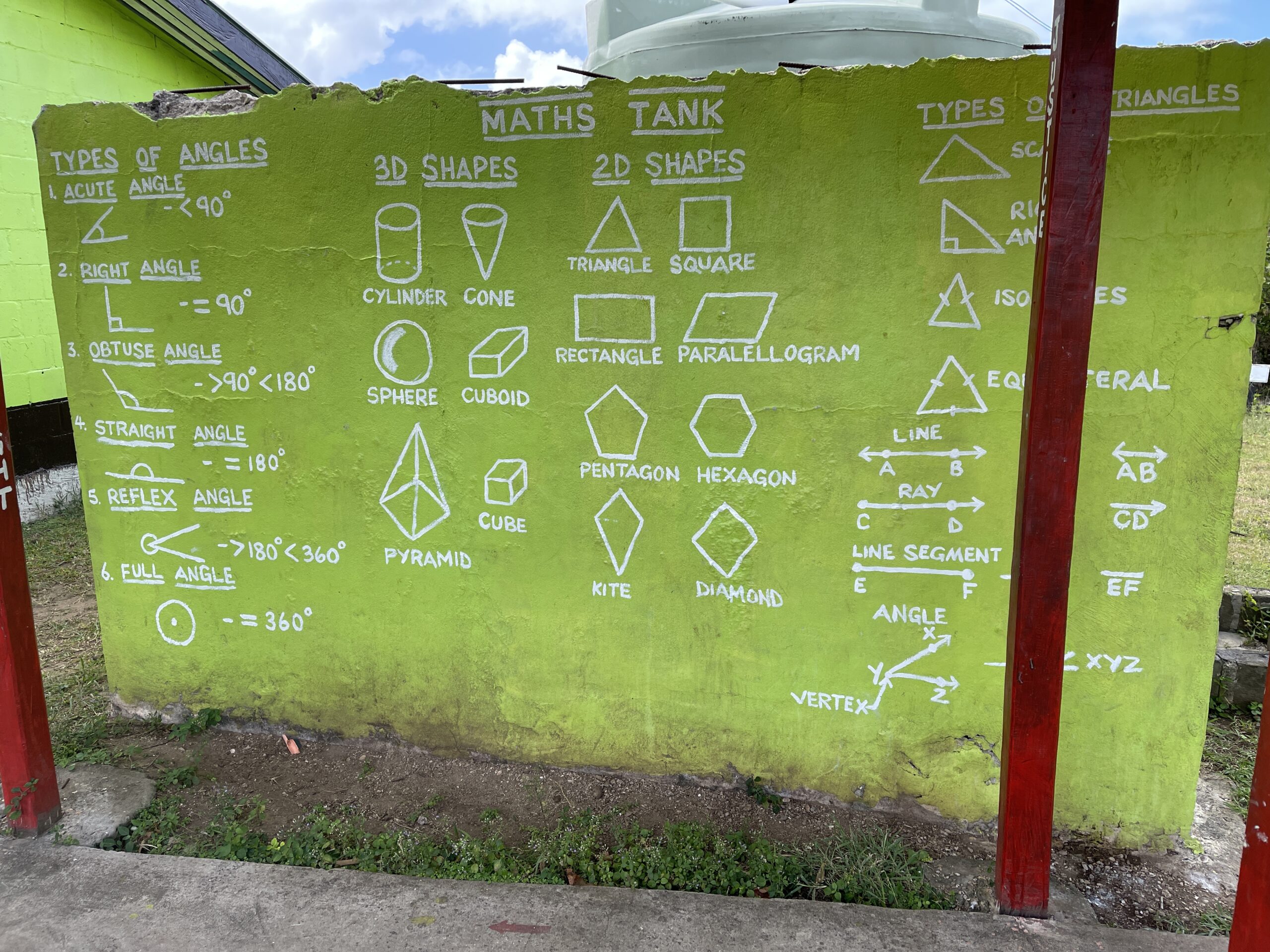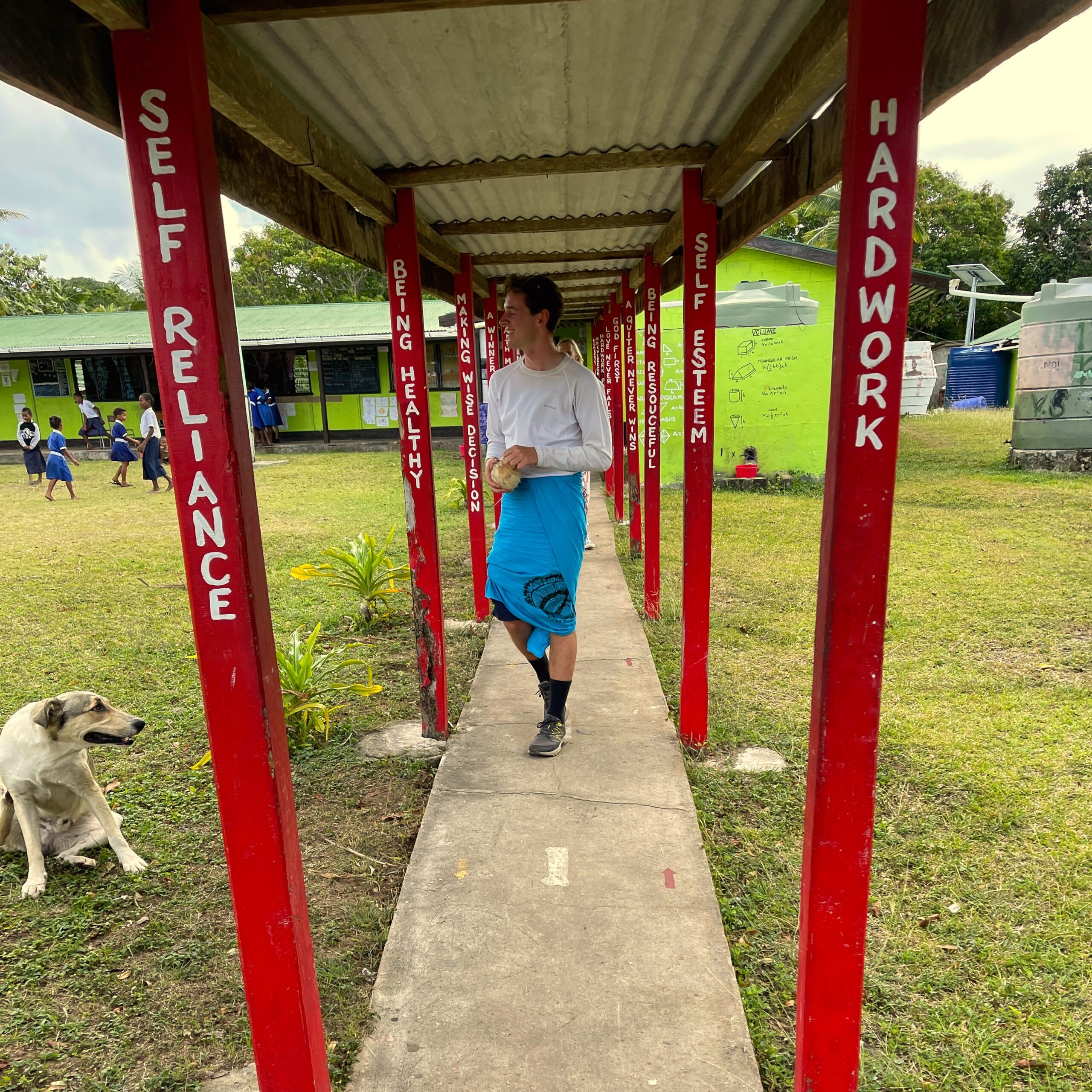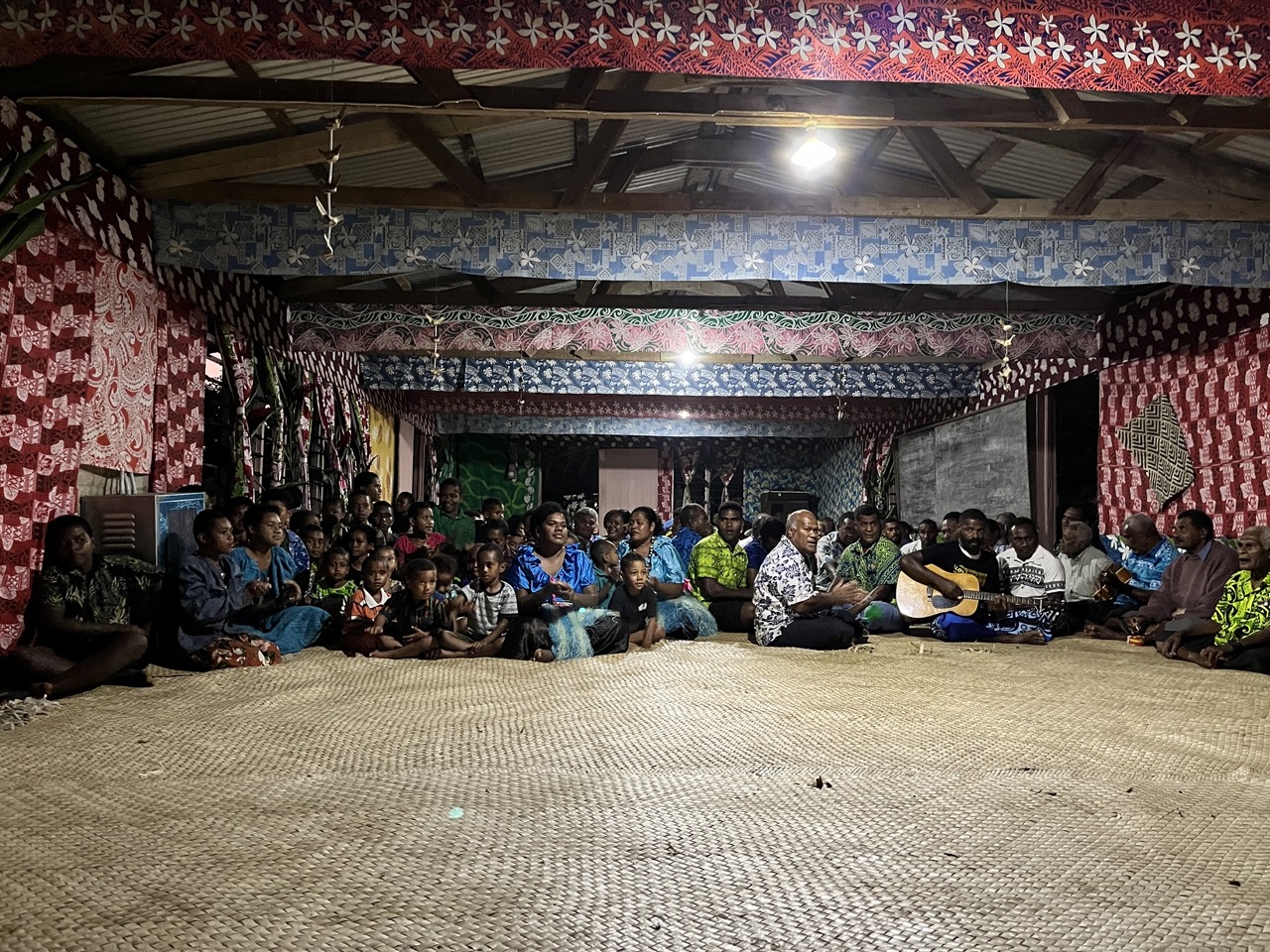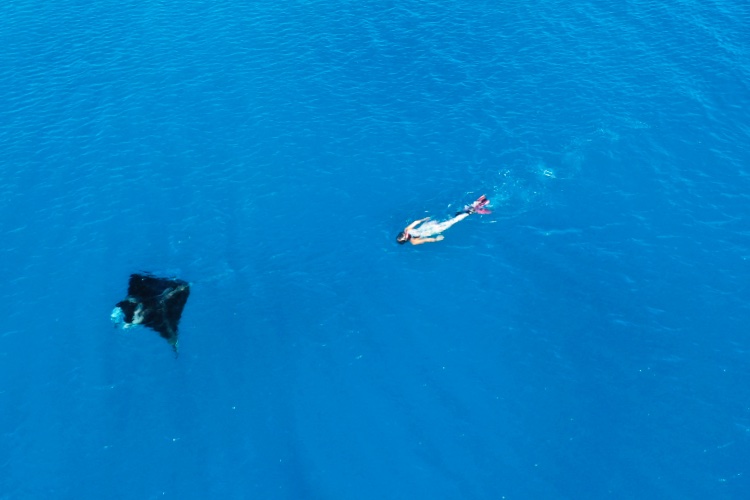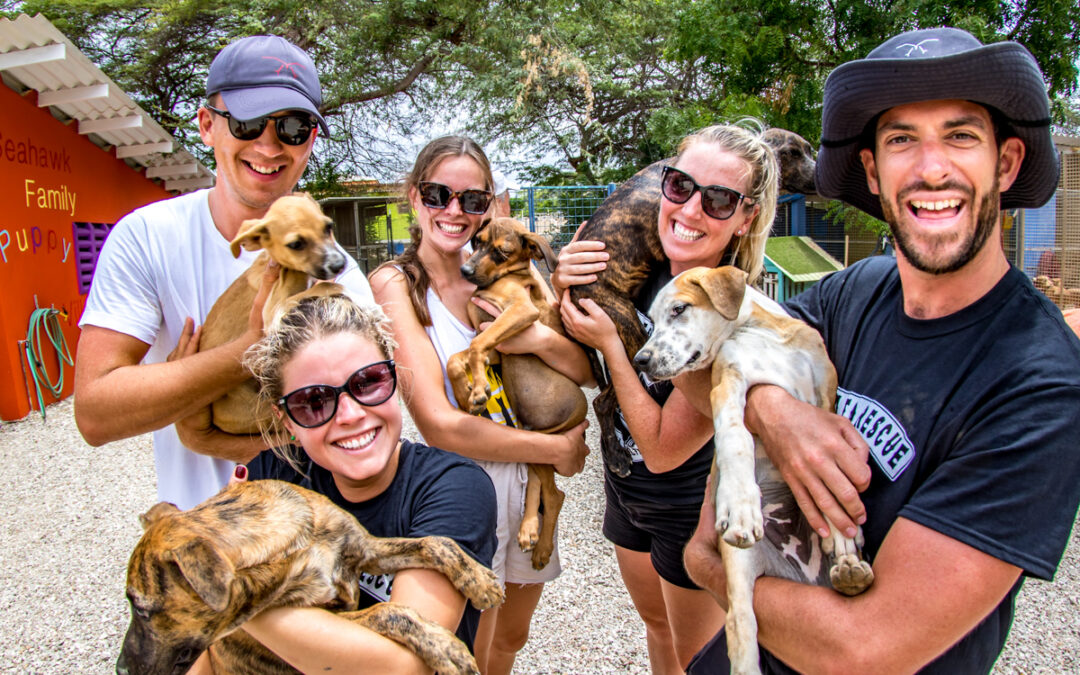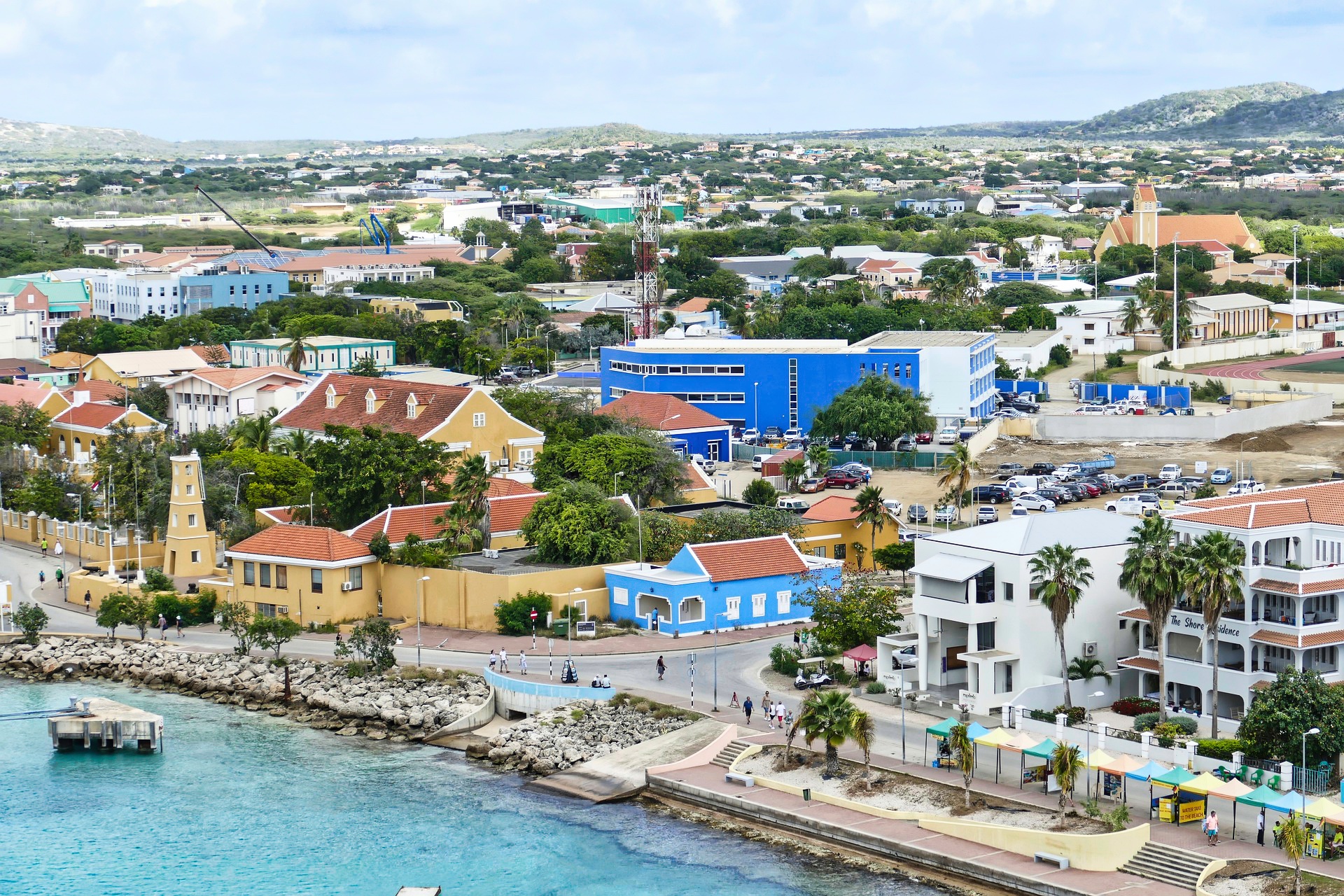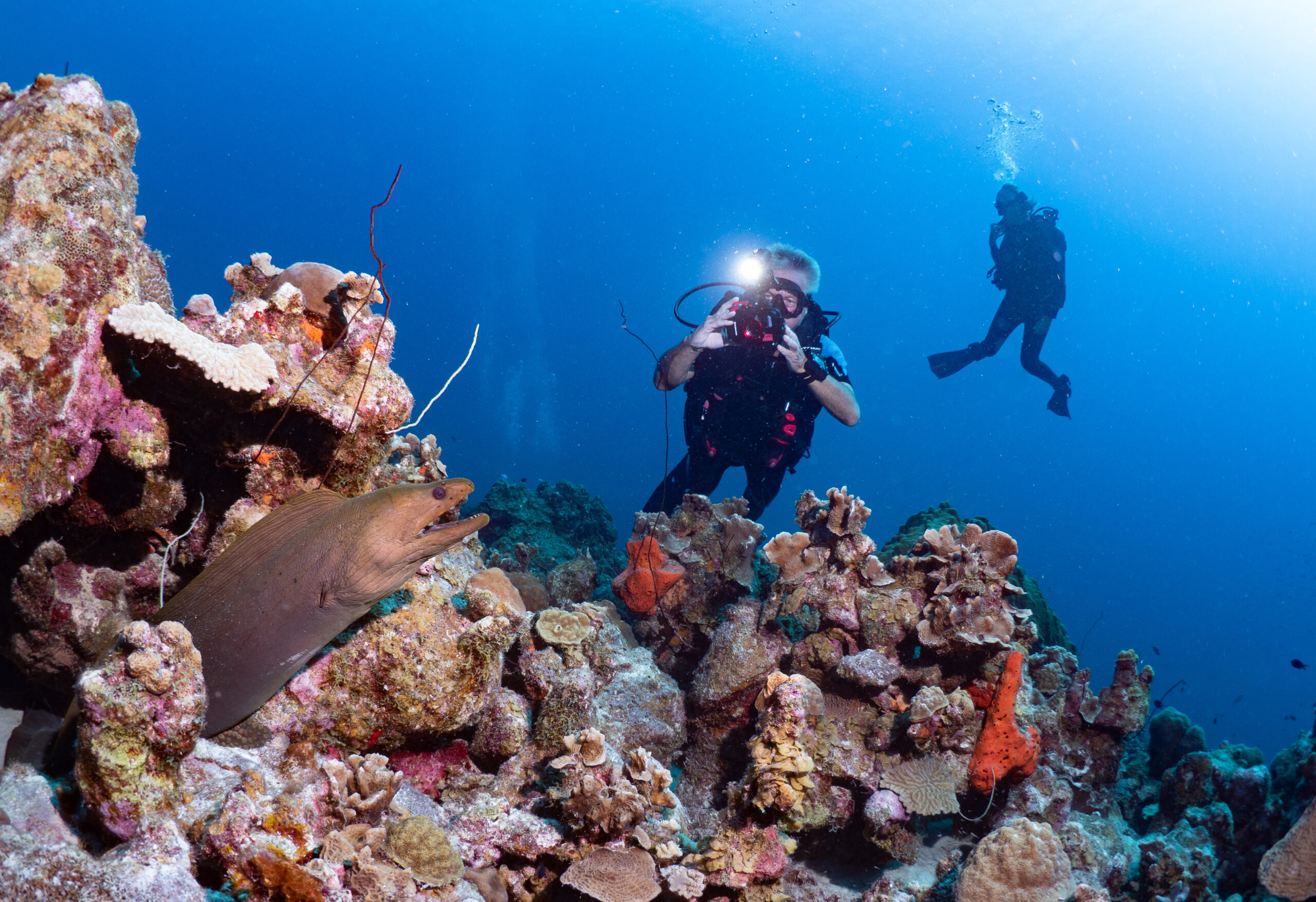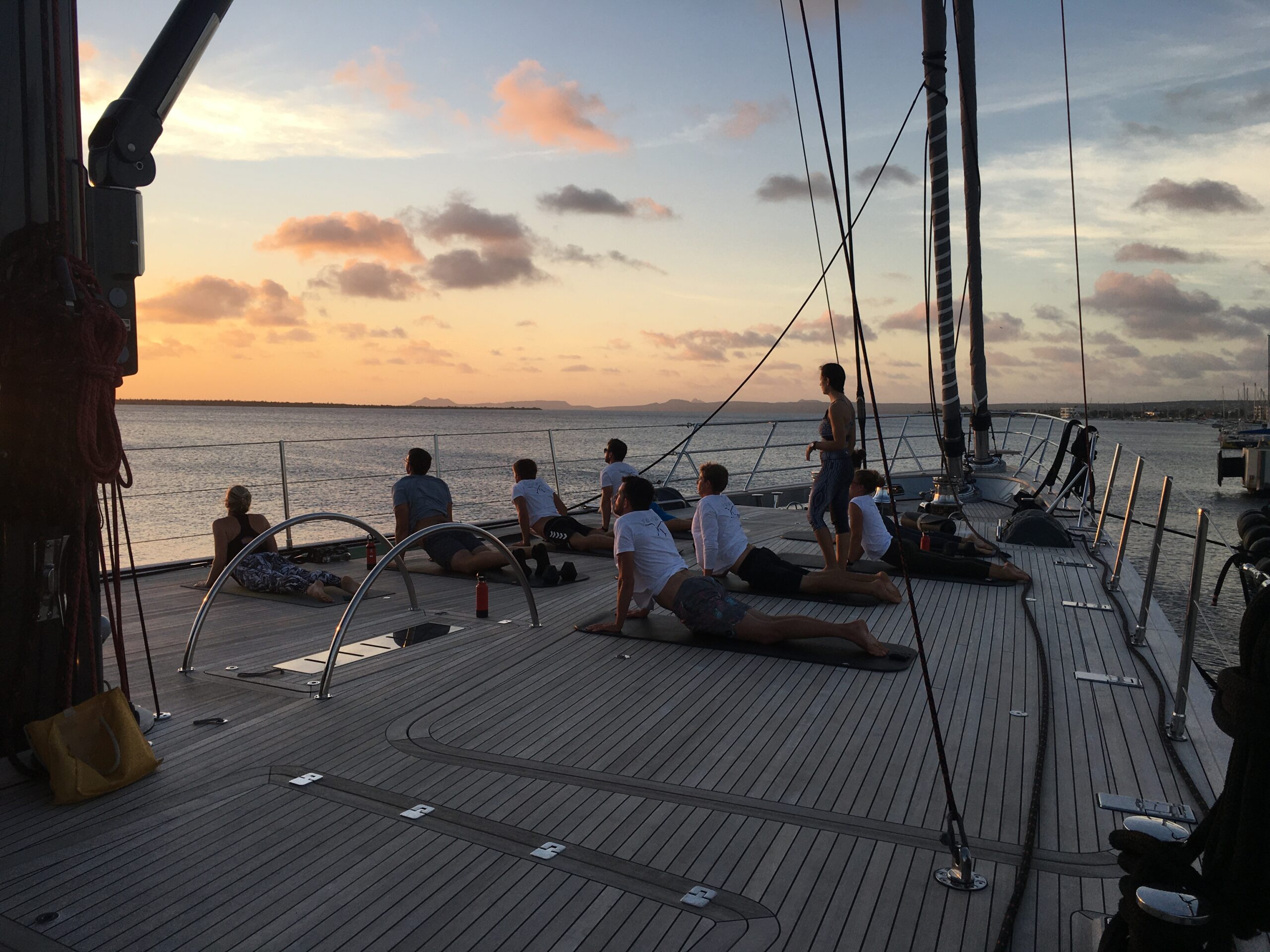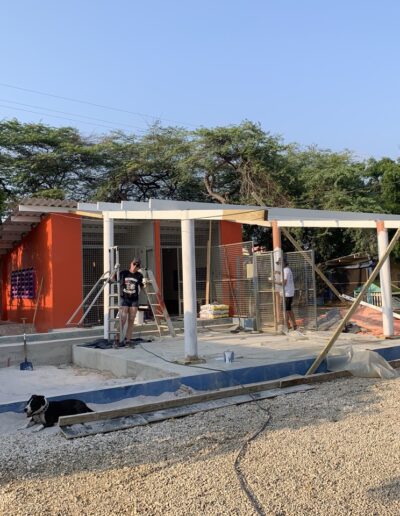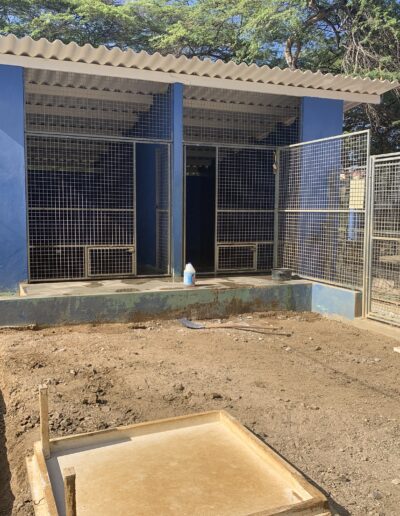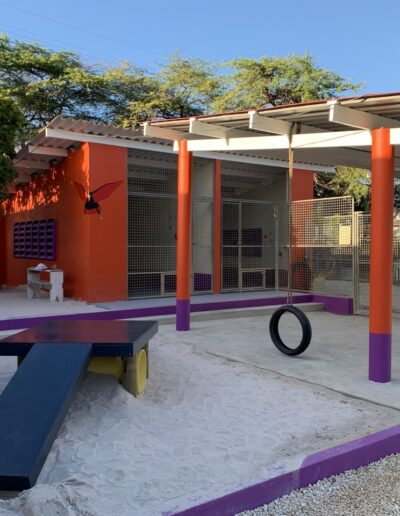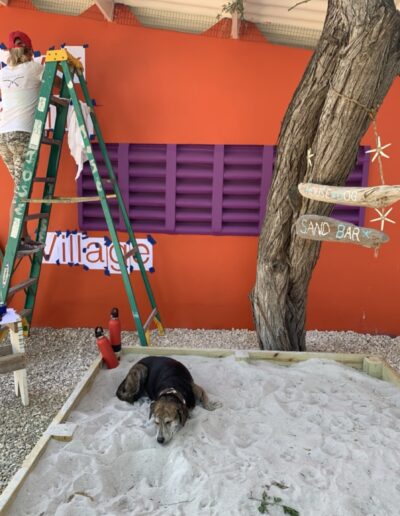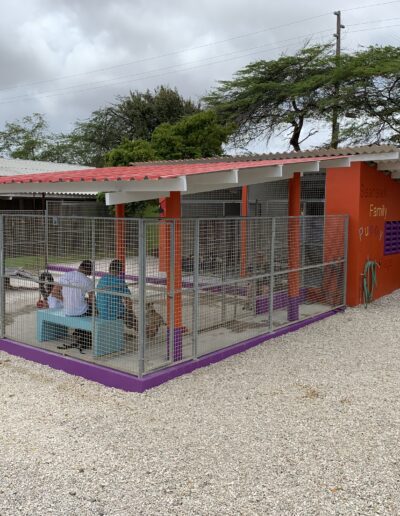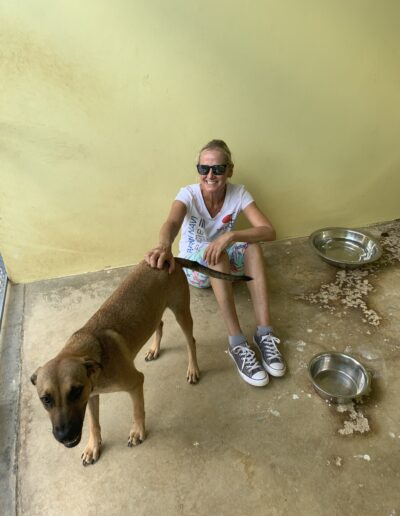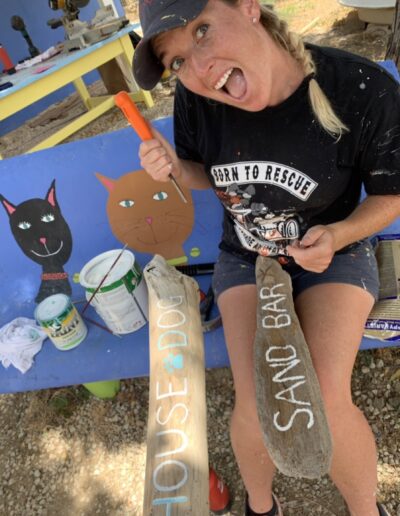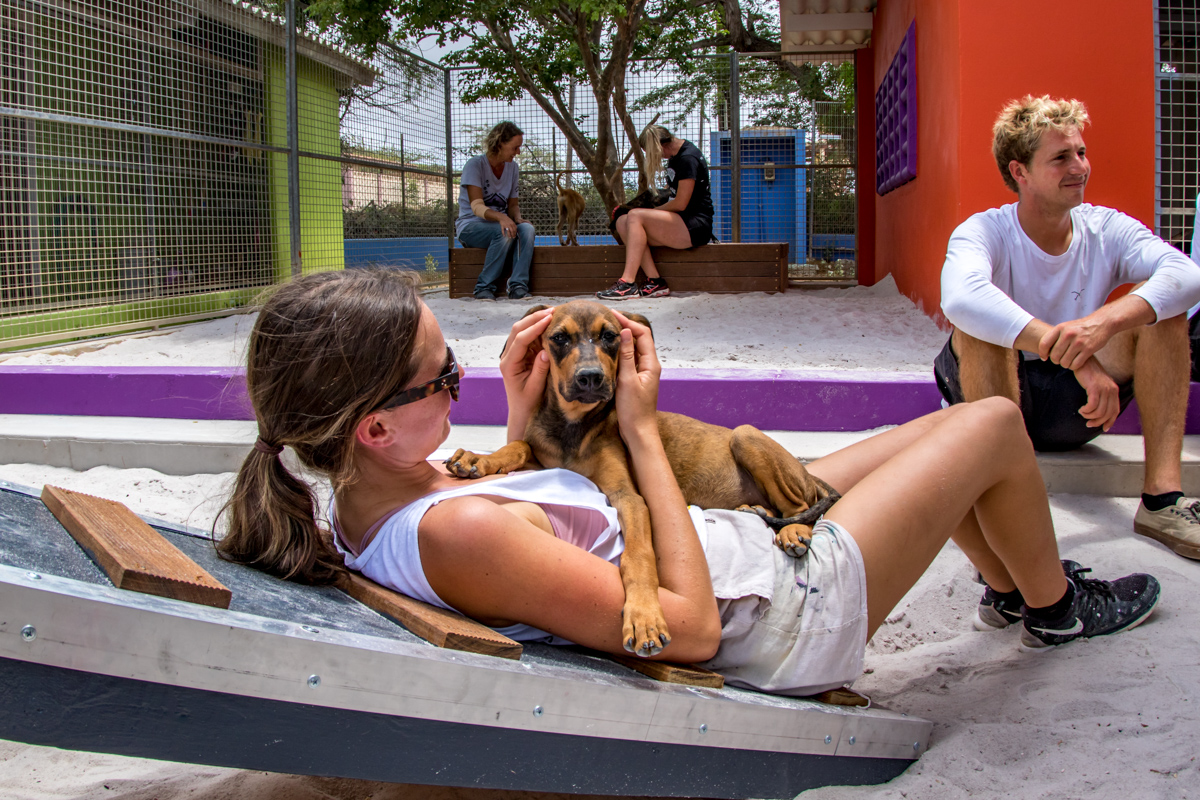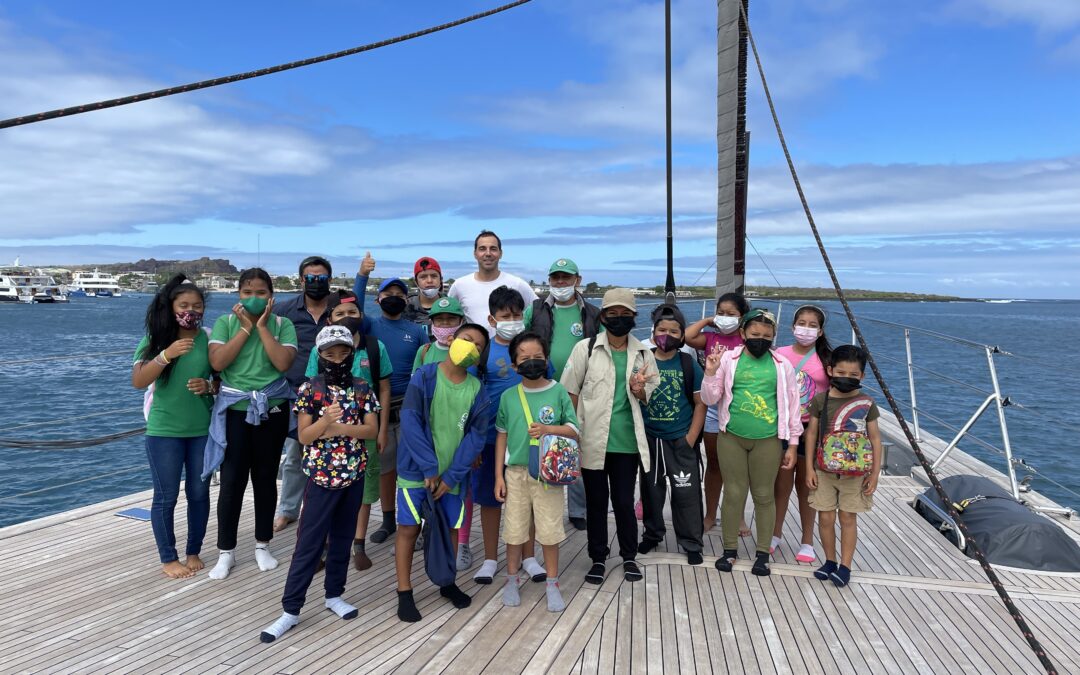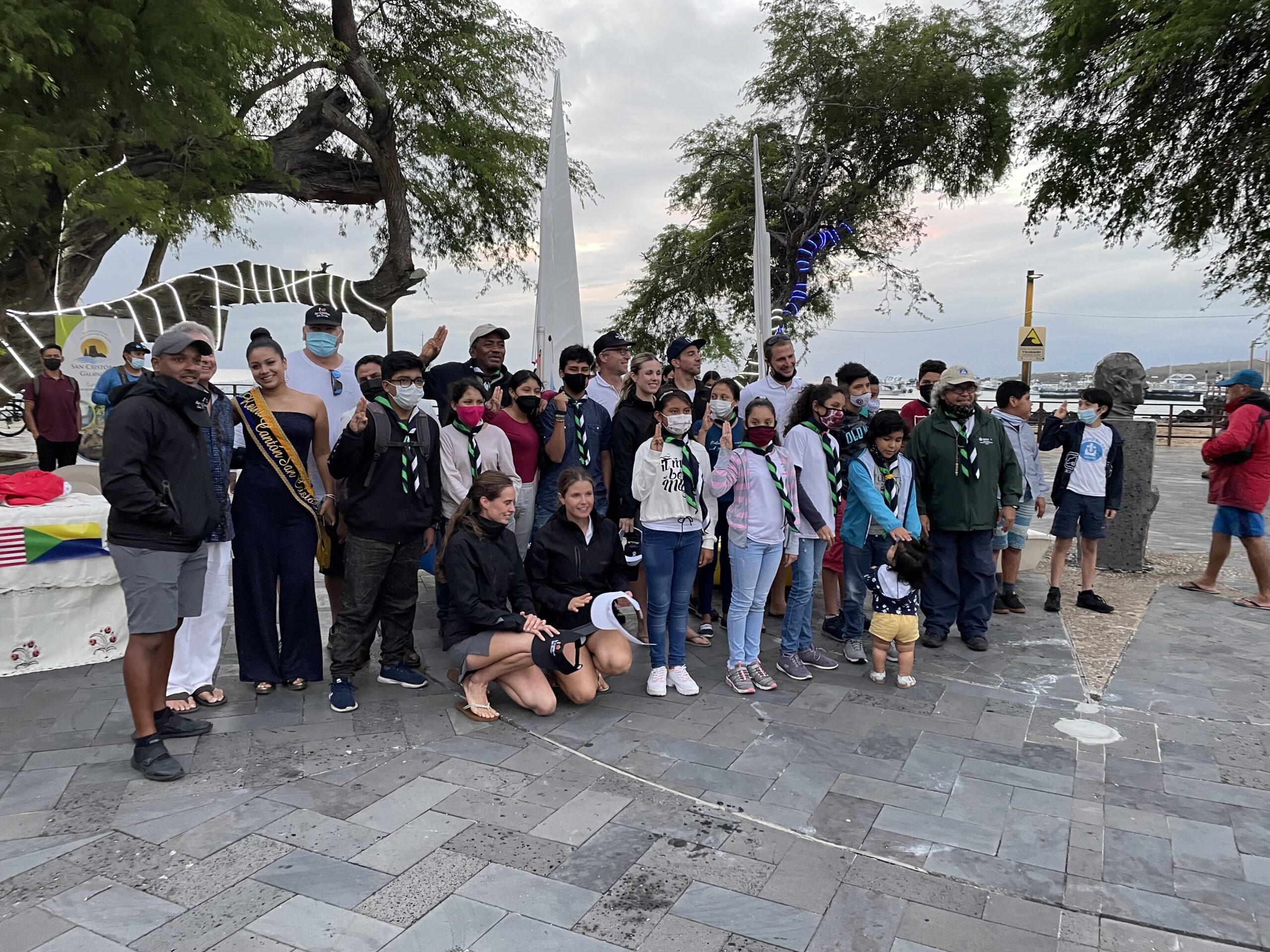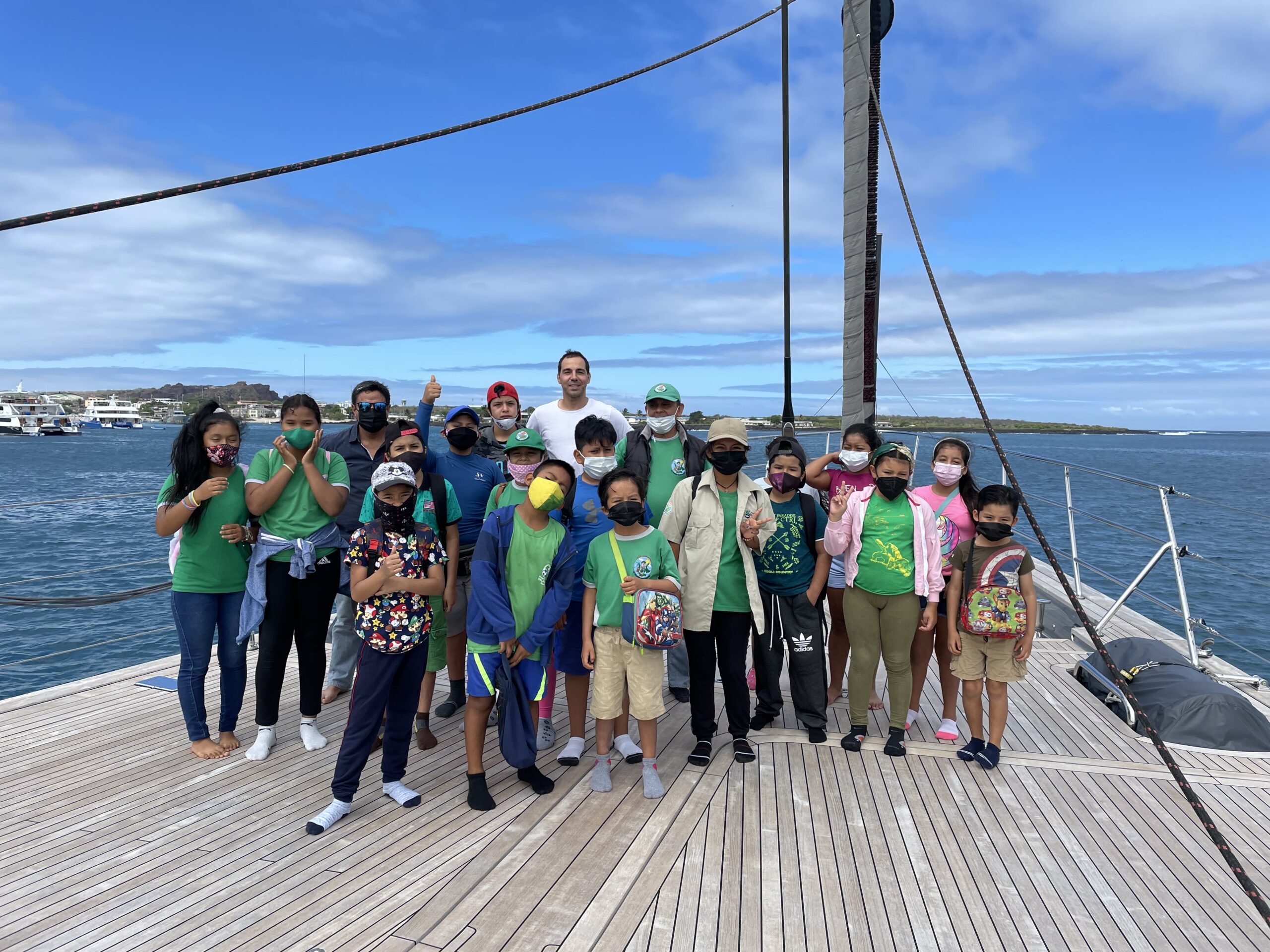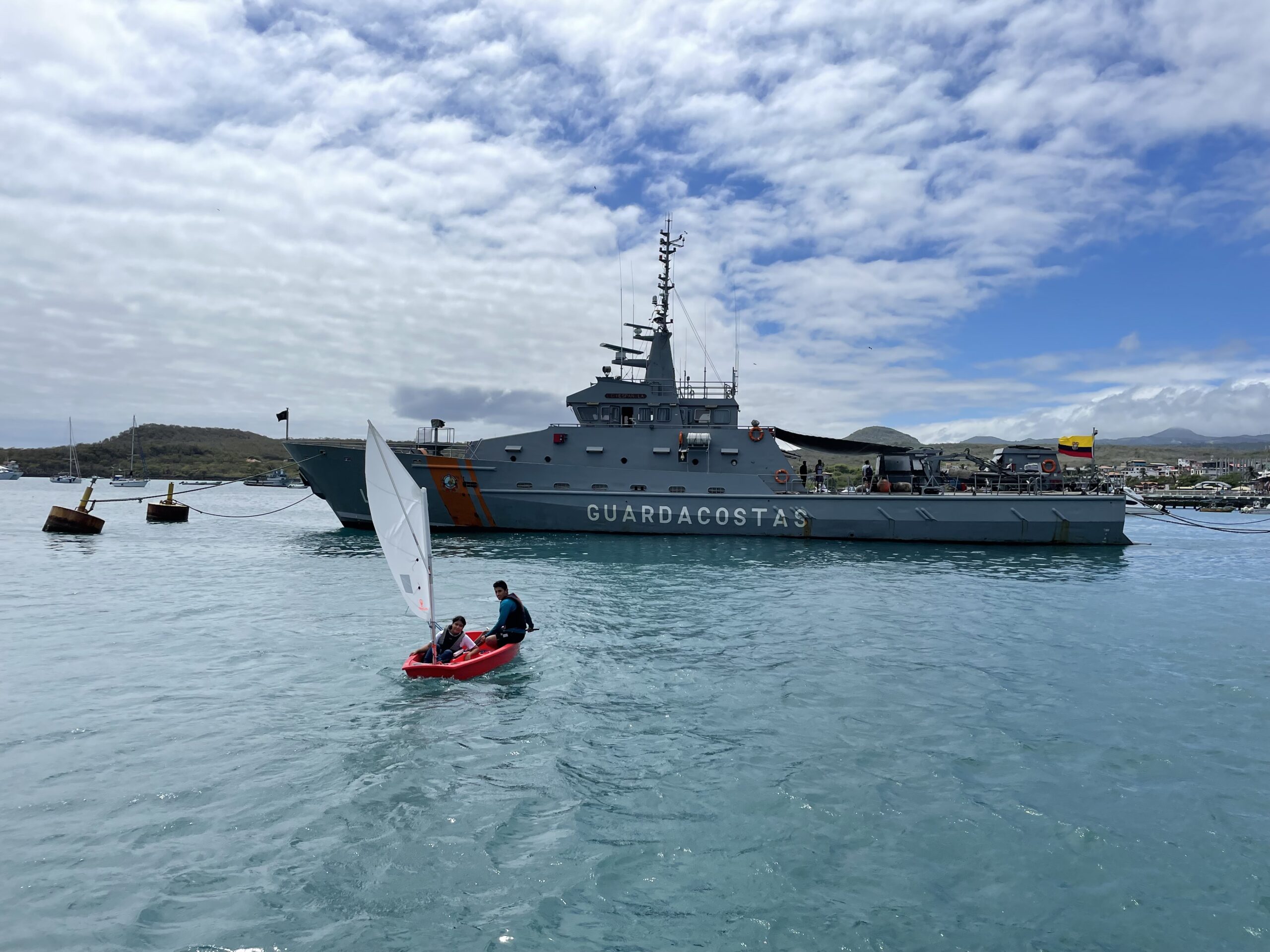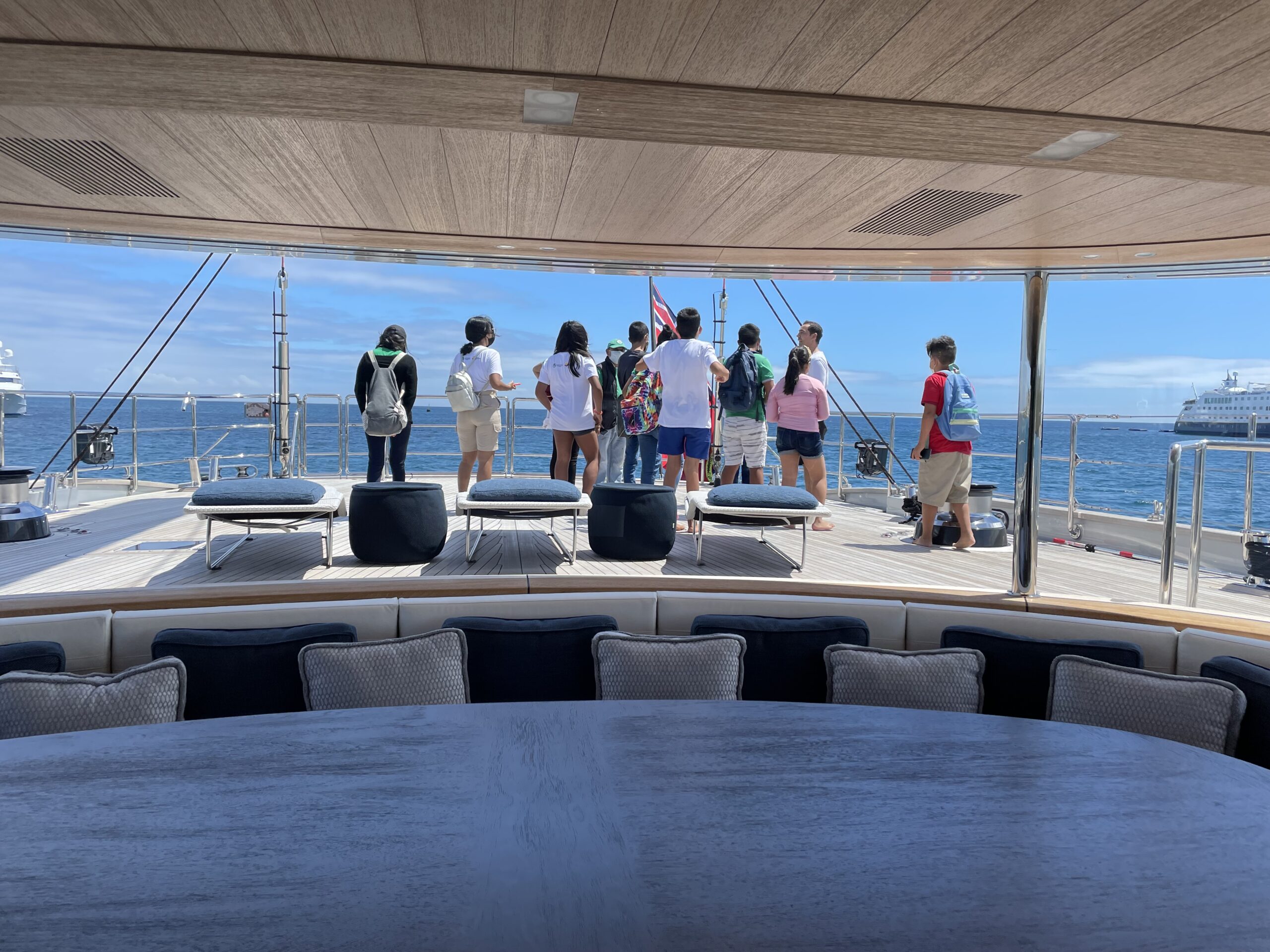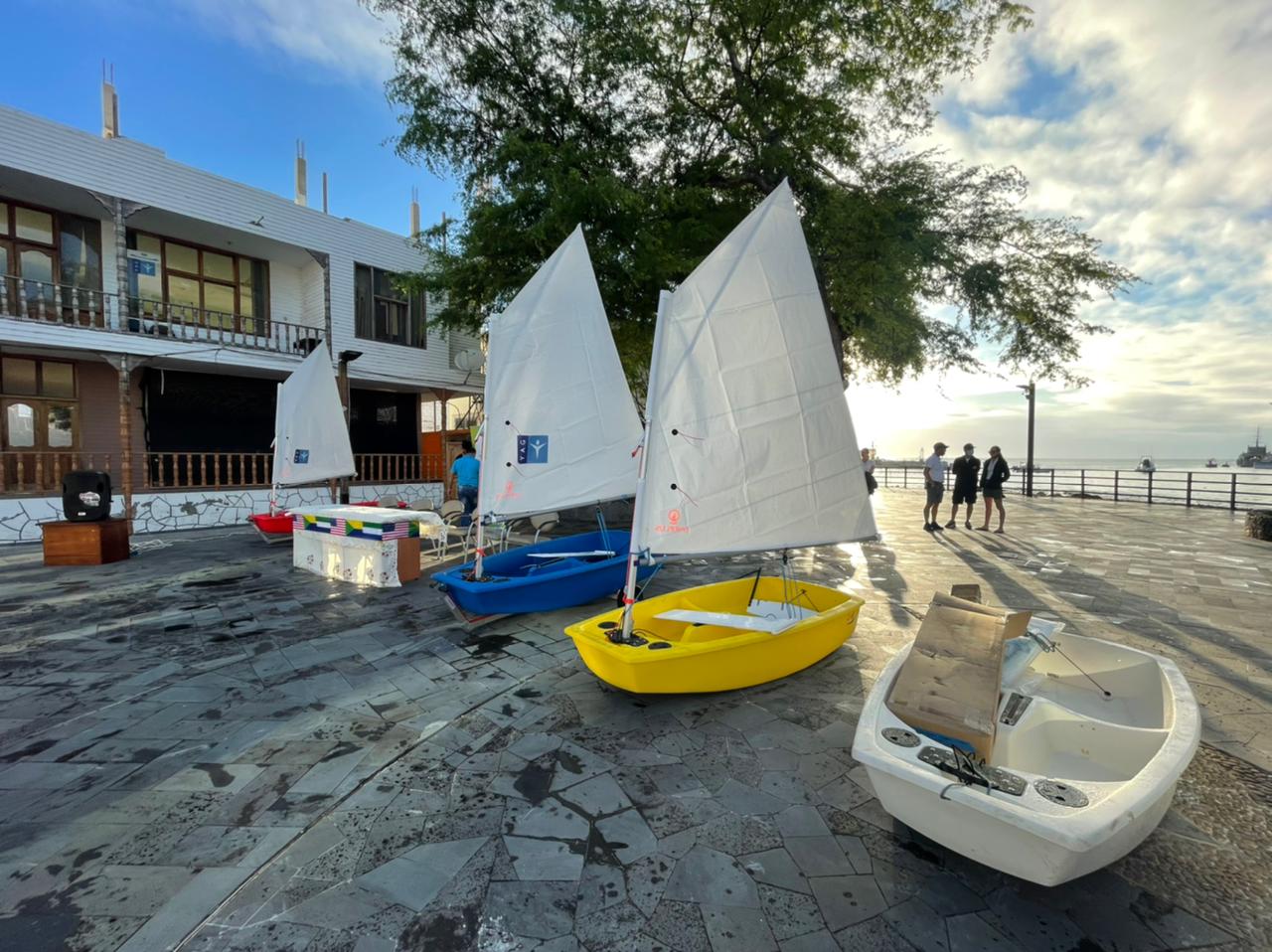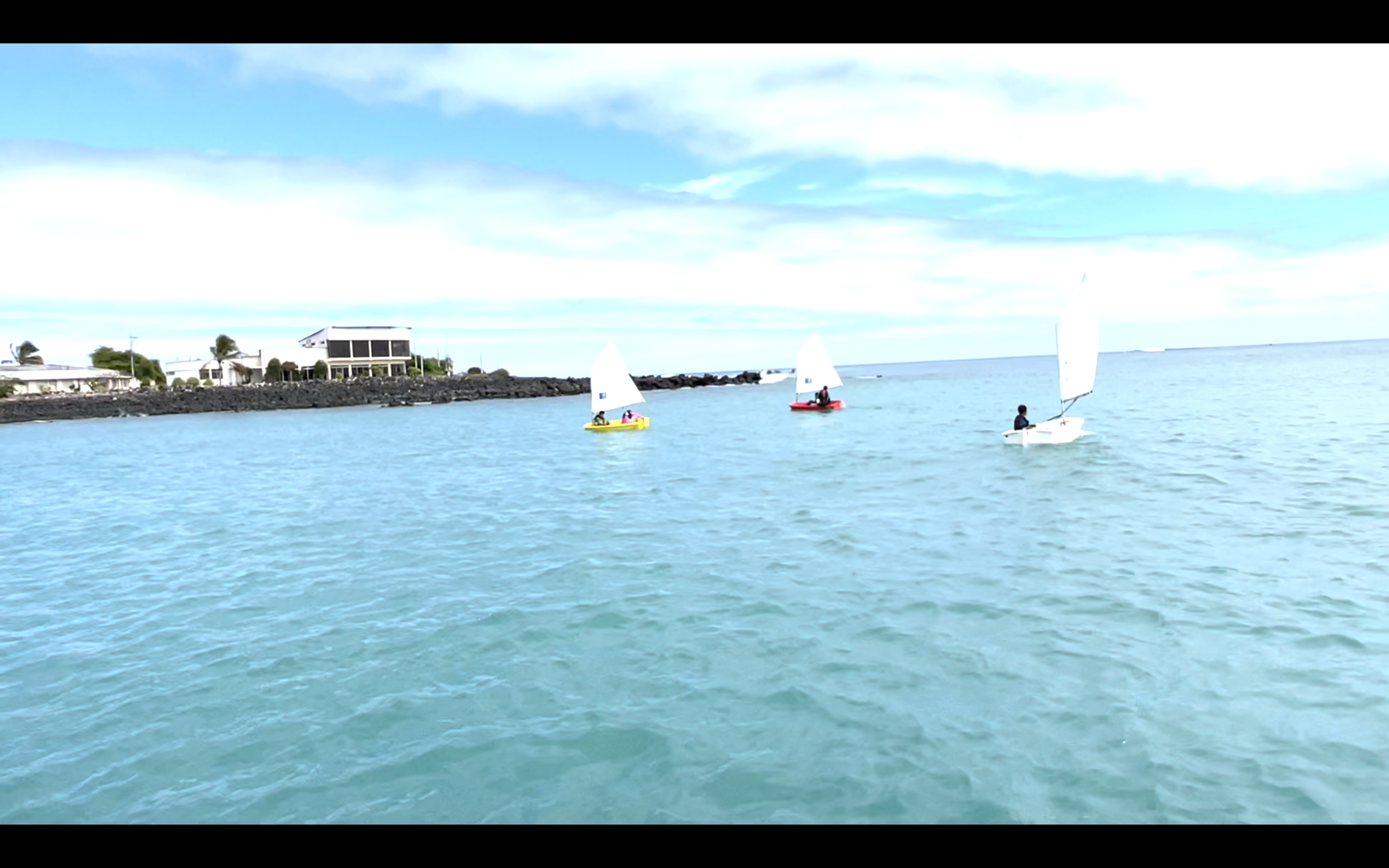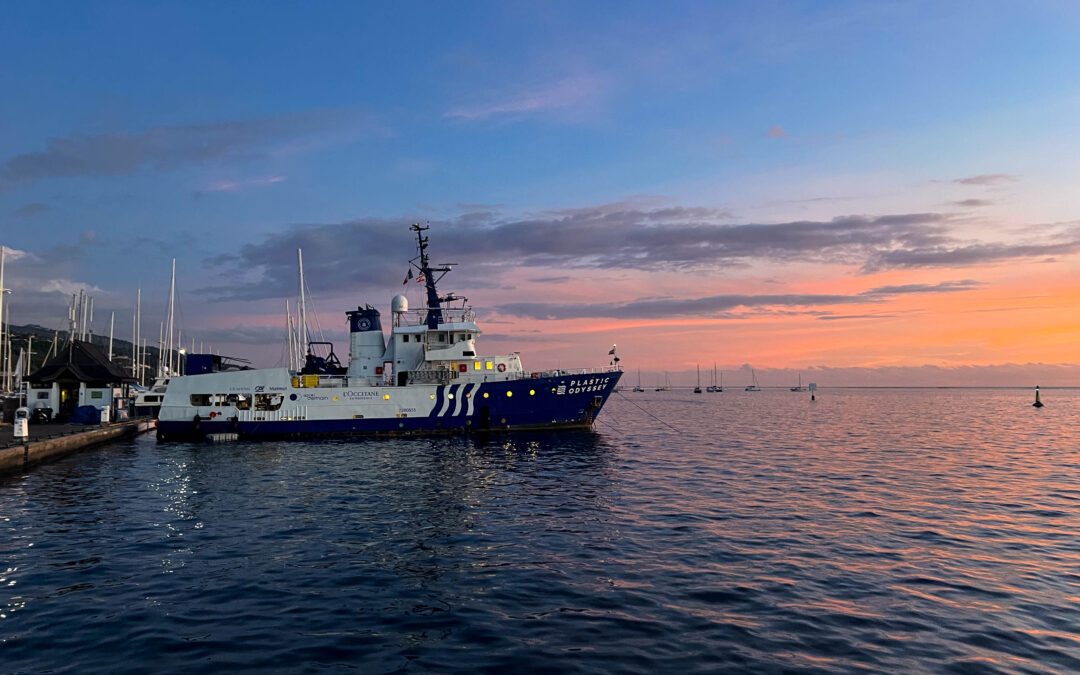
Plastic Odyssey
“If we do nothing there will be more plastic in the ocean than fish by 2050.” This is the problem/scary prospect the Plastic Odyssey expedition is trying to address. Specifically, there is a need for a practical solution to the plastic waste problem that is both economically viable and self-sustaining. The idea at its heart is to develop a recycling technology that is simple to implement and easy to operate in places where plastic waste accumulation is most severe. Think third world countries that have few regulations and much consumption of plastic contained products. Senegal, a country experiencing extreme plastic pollution of its coastline already has a facility in place. Key to success, however, is that the recycling enterprise must be profitable to work. Hence the focus on recycling manufacturing designs that are inexpensive to produce and maintain. And this is not just about cleaning up beaches. The result is an economically viable product, e.g., beams, roofing tiles, specialty molded parts, that can be sold on a competitive basis to local consumers.
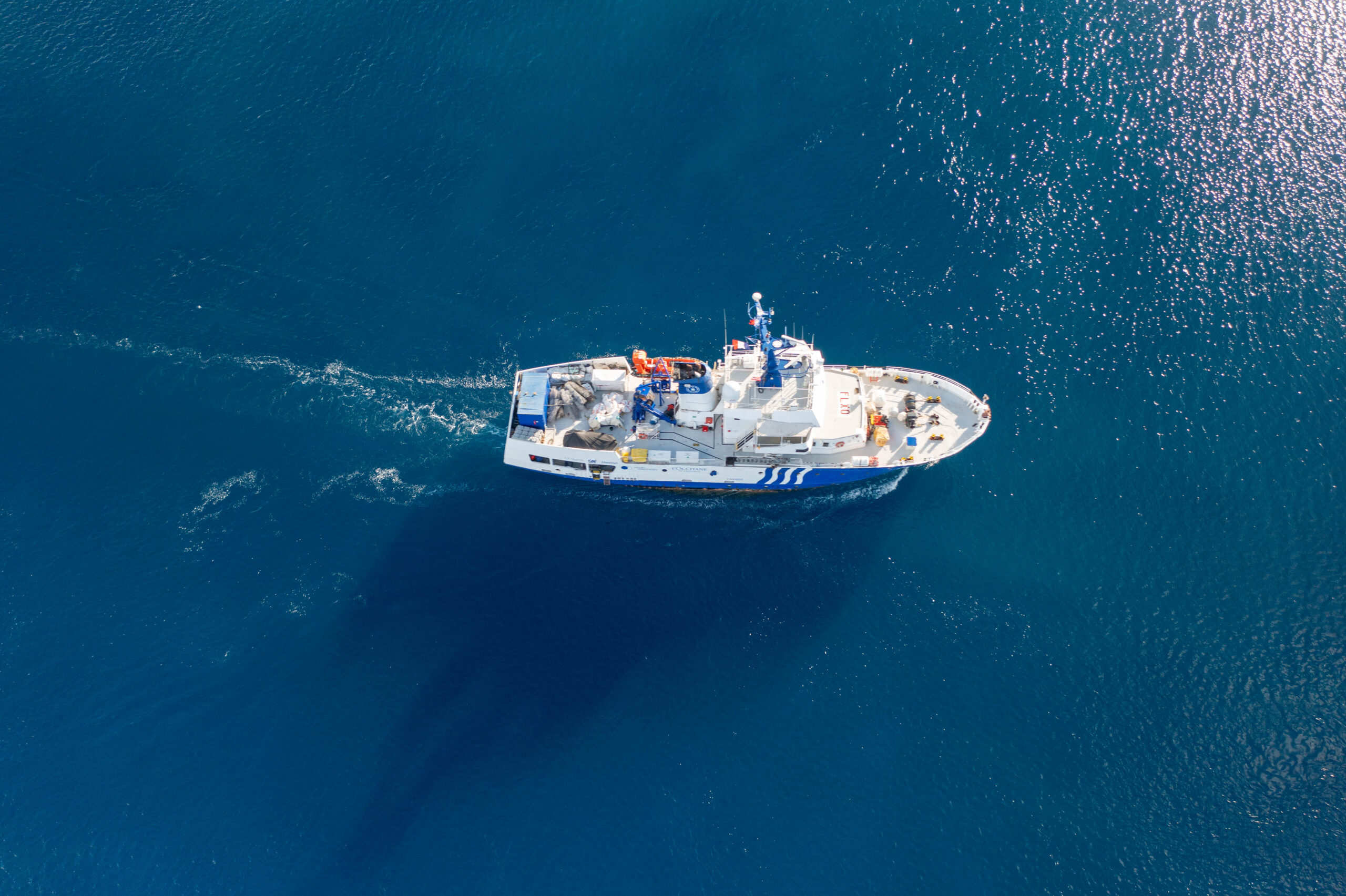
S/Y Seahawk was introduced to the Plastic Odyssey team in Monaco coincident with the Royal Yacht Club of Monaco La Belle Class Superyacht Awards. S/Y Seahawk won in the category of “Adventure and Environmental Ethics”. It was at this event that Nicola Watton, Chief Stewardess, receiving the award on Seahawk’s behalf, met Plastic Odyssey’s CEO, Simon Bernard. Her introduction led to the tour of Plastic Odyssey during our visit to Hao French Polynesia.
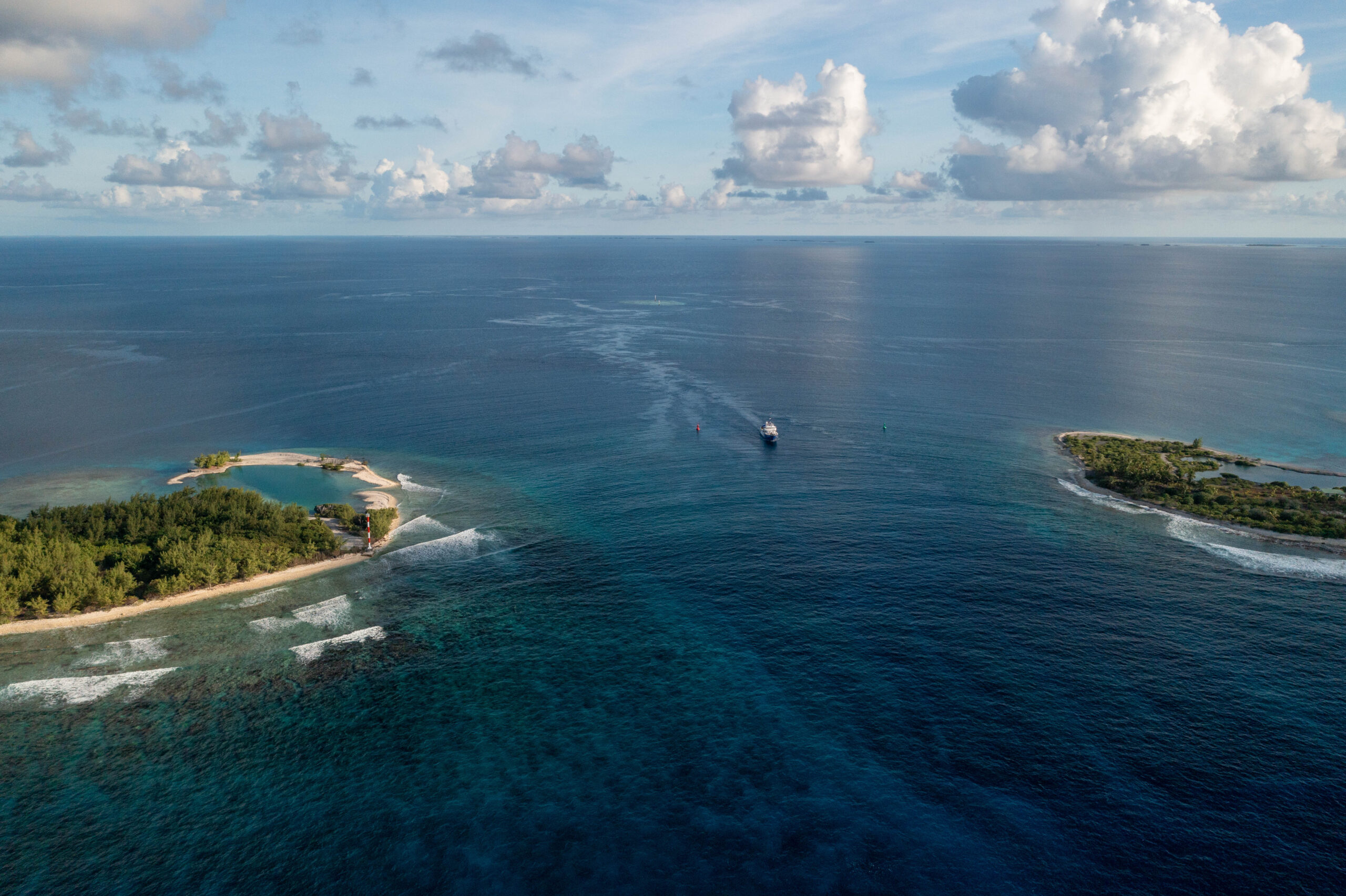
The Plastic Odyssey team acknowledges that reduction/elimination of plastic waste entering the environment is an existential challenge. In the interim, boutique recycling systems like those demonstrated on the vessel could serve to mitigate until a more proactive solution is adopted.
To learn more about Plastic Odyssey, visit their website at: https://plasticodyssey.org/en/
Written by: Adam Alpert

